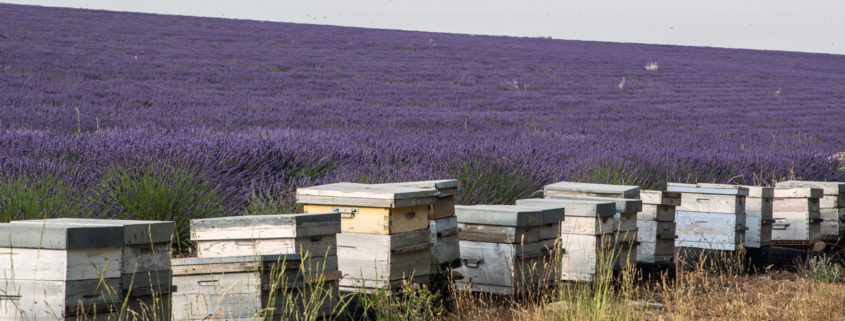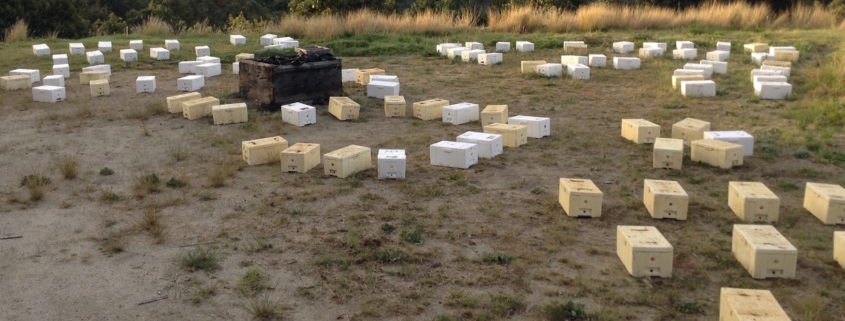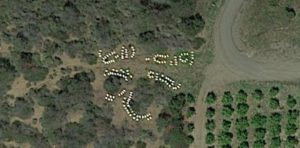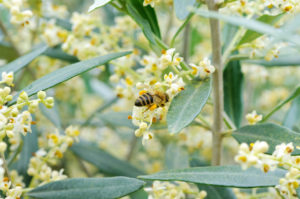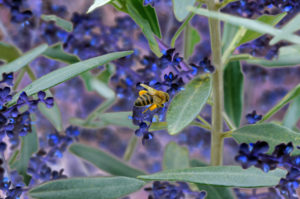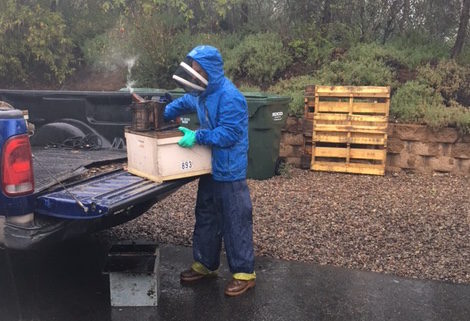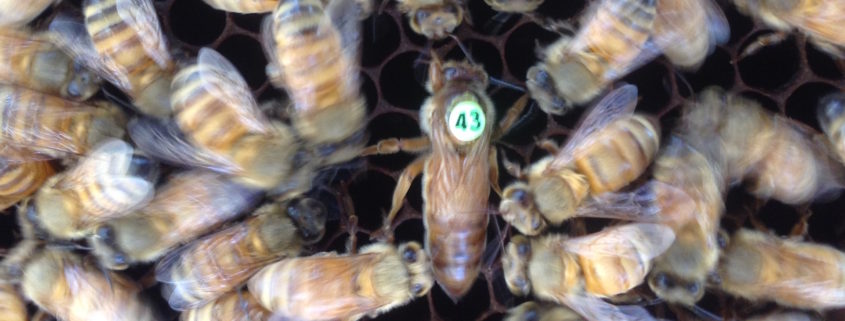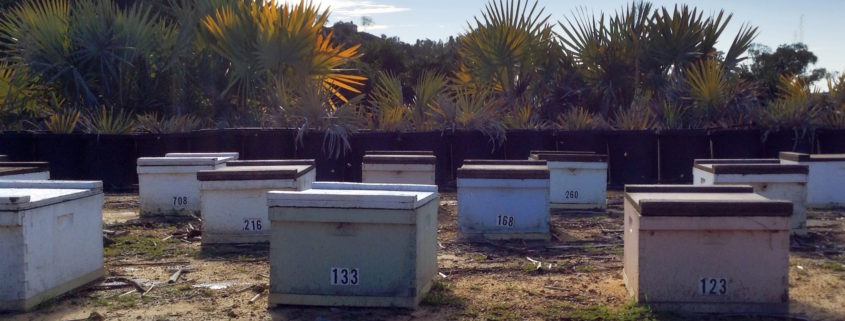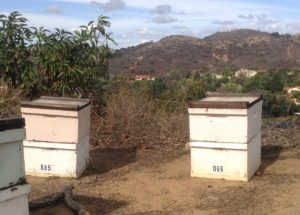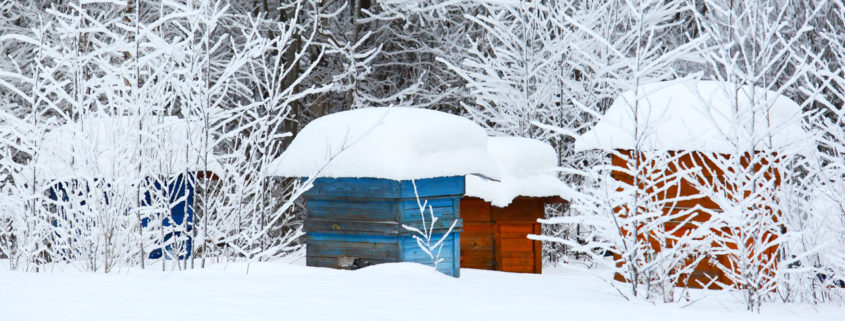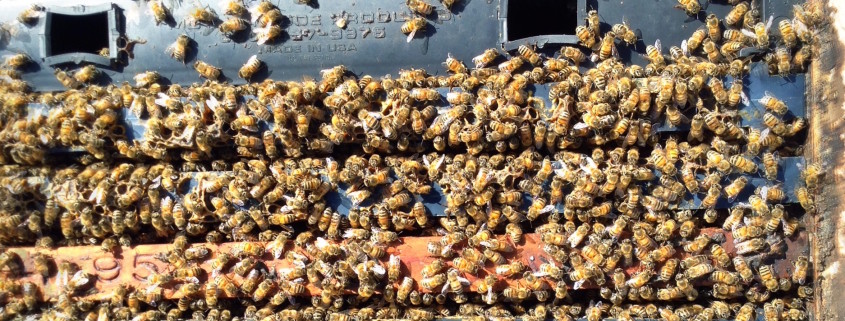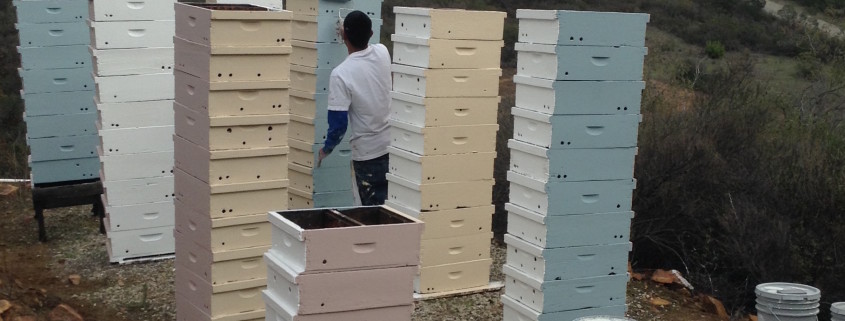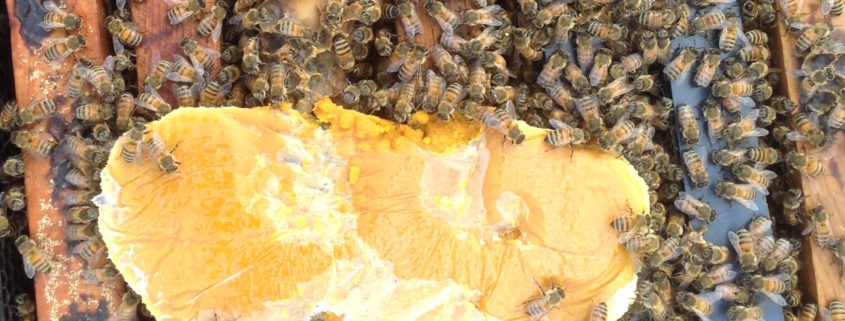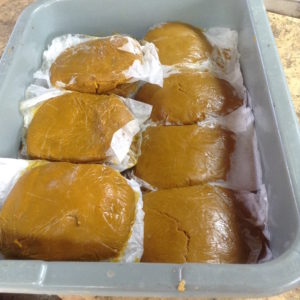Single Source Honey
The above photo of bees in a lavender field was taken in France, where lavender is grown commercially. Lavender is also grown in Spain and other parts of the European Union.
The honey from lavender blossoms is arguably one of the most prized single-source varietal honeys in the world. It is almost exclusively imported from Europe. This honey is magnificently delicious with a delicate flavor and slight purple hue. Lavender honey is expensive, but if you are a honey connoisseur, it is highly worth a try.
Single sourced honey originates from a single flower type and, as a result, takes on the unique flavor and characteristics of that blossom. In order to capture a single source of nectar and to produce single source varietal, the beekeeper needs to strategically place colonies of honeybees on or alongside a vast area of the exact same blossoms, such as clover, acacia, alfalfa, or in the above case, lavender. There should be at least a square mile of the same kind of blossoms in the area blossoming at about the same time. The blossoms need to be attractive to the bees, and there should not be any competing flowers nearby that could dilute the flavor of the honey – especially other kinds of flowers that are equally or more attractive to the bees.
For most backyard beekeepers, producing single source honey is entirely out of the question. With houses nearby and all sorts of flowering gardens, the honey produced is nearly always a blend of “wildflowers”, or more accurately, garden blossoms.
At Wildflower Meadows, we have seen our bees working lavender blossoms from time to time. Occasionally, a nearby enterprising gardener will plant a garden of lavender, usually for some sort of aromatherapy or essential oil project that they have in mind. Our bees are most pleased to do their part and pay a visit. Unfortunately, however, there is never even close to enough lavender to consider the resulting honey single source. Obtaining a particular honey varietal is an art unto itself, and takes a knowledgeable beekeeper that is dedicated to this singular pursuit.

